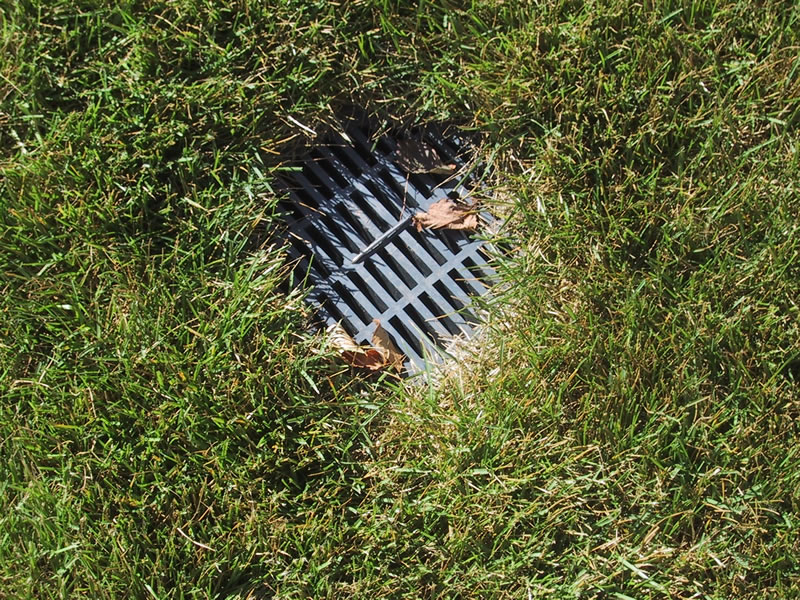Drainage
Correcting Yard And Foundation Drainage
Improving the drainage outside your home will yield long-lasting benefits. Failure to correct inadequate drainage could lead to disastrous consequences ranging from drowned plants to structural damage. Water is the major cause of structural problems in a home, such as decayed wood, fungus growth, and settling or upheaval of the foundation. Provide drainage with surface…
Read MoreIt’s Not Too Early to Prep for Spring Drainage…Prevent Future Flood Damage
Before preparing your landscape for hibernation this winter, take a look at your lawn and landscape drainage. Installing or repairing the landscape drainage will prevent any potential problems with flooding or excessive water when spring rolls around. Here are four drainage issues to look out for: Evaluate your yard First things first, you will need…
Read MoreHow Proper Drainage Systems Can Help Your Landscape
In the video below you will learn how proper drainage systems can help your landscape: For more information on how we can help you visit our contact page.
Read MoreInfographic: Sustainable Houston Stormwater Drainage Solutions
Drainage issues are very common in the Houston area. The aftermath of recent storms has shown exactly where our worst stormwater drainage areas are, and JB Irrigation is here to help remedy common draiange problems that occur at residential or commercial properties. To learn more about the components of a quality hydraulic drainage system, view…
Read MoreVIDEO: How To Fix Drainage Issues In Your Yard
Without the right drainage system, rainwater and landscape runoff can puddle in low spots in your yard, creating a muddy mess that can kill your grass and attract mosquitoes and other pesky insects. If left untreated, this drainage problem has the potential to grow, destroying your lawn and landscaping work and potentially leading to property…
Read More




